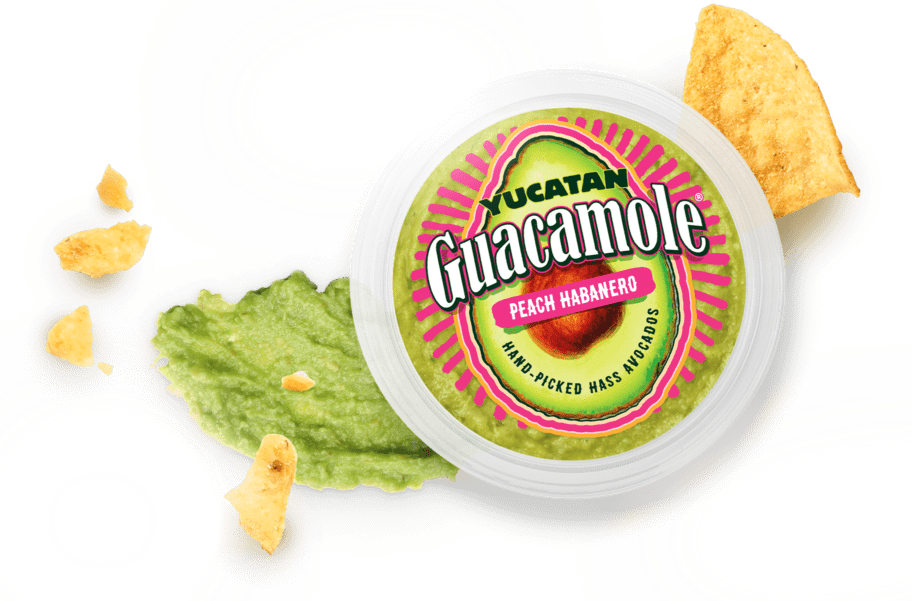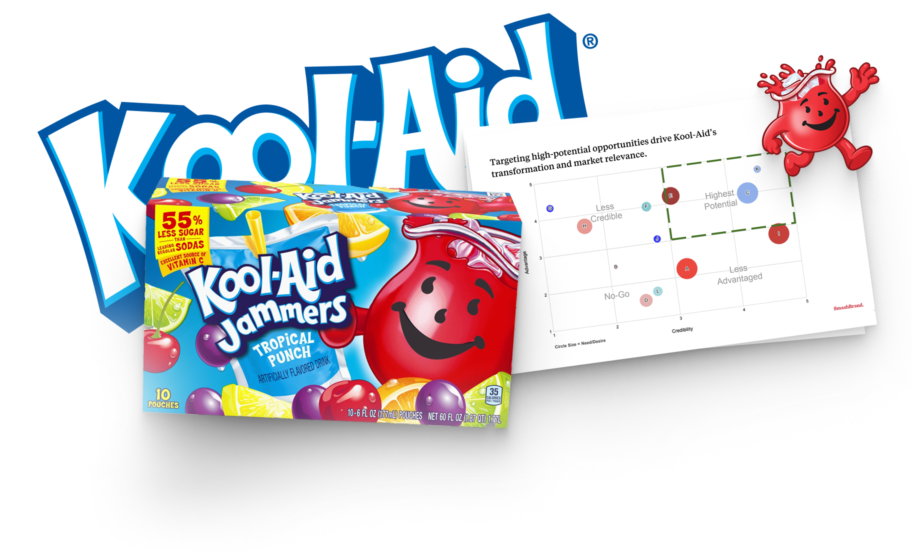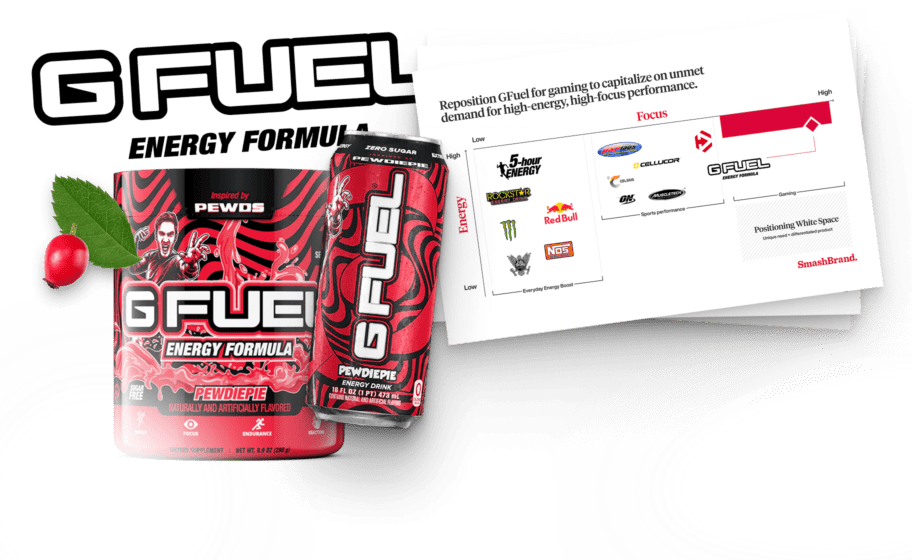Have you ever wondered how big marketing companies survive in fierce market competition? The answer to this question lies in choosing a great brand name that resonates well with the target audience. In simple words, naming and branding are the essential components that decide a company’s brand positioning, whether big or small.
Choosing the right name that resonates with the target audience’s interests will cover a significant part of the branding. But picking a good name isn’t always easy. Selecting a good brand name requires a systematic approach and a well-planned strategy.
This article outlines the key steps to establishing a robust brand identity through a comprehensive naming and branding strategy. You will understand the interconnection between naming and brand identity. So read on to find out!
The brand naming process.
The brand naming process has undergone significant evolution with the integration of data analytics. Establishing a robust product naming architecture that will ultimately evolve into a brand requires considerable effort. The process comprises several steps that must be discussed in detail to gain a deeper understanding of the brand naming process.
Next, AI-powered tools generate potential names by considering linguistic nuances and cultural relevance. These names are then filtered through trademark analytics to ensure legal viability. Consumer testing follows, utilizing sentiment analysis to gauge emotional responses. This approach ensures that the chosen name stands out in the market and aligns perfectly with the brand’s identity and goals.
Market research and brand strategy.
A winning brand naming strategy is built on inspiration and is grounded in evidence. Before you can develop a brand worth sharing, you need deep insight into the people you’re trying to reach. That’s where market research comes in.
Market research is the foundation of an effective brand identity and naming strategy. It empowers brands to uncover what drives consumer decisions, identify gaps in the competitive landscape, and validate which product naming strategies will perform in the real world, not just in a brainstorming session.
At SmashBrand, we integrate branding and naming into a unified process that combines consumer diagnostics, strategic positioning, and real-world testing to create a comprehensive approach. Through deep competitor audits and behavioral analysis, we identify brand naming opportunities that capture attention, drive preference, and win at shelf.
Using cutting-edge tools, data analytics, machine learning, and AI, we turn endless naming possibilities into a brand naming process that is consumer-informed, commercially viable, and uniquely ownable. This isn’t branding for the sake of branding. It’s branding naming built to perform.
Brainstorming for the perfect name.
Once the market research is complete, the next step is to develop a list of potential names. In this phase, companies utilize the insights from market research to create a list of names that resonate with their target audience.
One approach is to conduct interactive brainstorming sessions that incorporate input from key stakeholders. As a result, companies will have a large pool of potential names that must be evaluated according to several criteria. Generative AI, like ChatGPT, helps brainstorm names closely related to the desired inputs.
Evaluating potential names.
After gathering a pool of potential names, the next step is to perform an in-depth evaluation of these names against several criteria. These criteria may include target customer preferences, interests, age, demographics, and gender, among others. It will narrow the list by pruning the unwanted names, resulting in a potential name that perfectly aligns with the brand mission.
Brand naming strategies.
The naming process requires strategic brand naming techniques to craft a distinctive and memorable moniker. Companies can develop creative yet practical names by analyzing brand essence, goals, and target audience. Brand naming strategies involve generating and evaluating potential names through a combination of brainstorming, research, and testing.
This thoughtful approach yields a resonant brand name that conveys the brand’s identity and establishes meaningful connections with consumers. Whether aiming for a descriptive, experiential, or inventive name, brand naming strategies enable companies to develop a perfect, differentiating brand name that represents their business.
Evocative vs. descriptive names.
Choosing between descriptive and evocative names is crucial when selecting a potential brand name. Descriptive names communicate the features and properties of a product or brand in a straightforward language. An excellent example of a descriptive brand name is “The Coffee Bean & Tea Leaf.” Descriptive brand names are best for functional categories where consumers seek clear, direct solutions.
In contrast, evocative names engage the target audience on a psychological level. Such names typically incorporate imaginative terms, metaphors, and relevant imagery to evoke emotions and associations. These names emphasize impressions and qualities over specifics, for instance, Nike, Apple, Tesla, etc. Evocative works best for innovative industries where emotional appeal and memorability are paramount.
Although both are effective brand naming strategies, one must choose according to the nature of the product and the interests of the target customer group.
The role of brand personality and brand story in naming.
When naming a new brand or product, the brand’s personality and story play a crucial role in its identity. A company must only focus on product naming conventions that align perfectly with its brand story during the naming process. It will help build a cohesive brand voice that engages the target audience.
As brands craft their identity, the traits and characteristics that will define the public face emerge—extraversion, sincerity, and sophistication breed recognition and affinity. In parallel, pondering the why and purpose illuminates a story worth sharing.
The brand naming process gains new context with personality and narrative in place. Qualities like warmth, edge, or tradition now inform word choices and connotations. The story, too, provides symbolic resonance on which to build a name anchored in meaning.
Take the time to flesh out how your brand wishes to be seen. Discover the change it hopes to drive. These internal guides ensure any name selected aligns with and brings to life the soul of the enterprise. Personality and story, the building blocks of identity, shape a name that embodies both heart and head.
Legal considerations.
During the brand product naming, one must always pay closer attention to legal considerations. With all these modern means of communication, the world has become a global village. Picking only an impactful name is no longer enough. As the brand name spreads far and wide through consistent marketing efforts, copyright trademarks must protect it.
Similarly, when picking a brand name, companies must ensure it is unique and does not infringe on anyone’s rights to avoid business conflicts and legal issues. A good way is to utilize a specialized brand naming service to expedite the searches across classes and countries.
Building a strong brand identity.
An attractive name piques curiosity and has positive connotations. It should roll off the tongue in an appealing, distinctive way. It makes a lasting impression and prompts customers to engage. Your name can become inherently likable and synonymous with your brand if you do it right. Memorability is vital, so keep it concise and impactful. Simple, familiar spellings paired with unique sounds or meanings improve retention.
Designing a memorable brand logo.
Designing a logo is a pivotal aspect of visually portraying your brand. It requires consideration to ensure an impactful representation. Mixing typography and imagery is crucial in crafting an impression that aligns seamlessly with your chosen brand name. Collectively, these elements serve as the initial touchpoints, effectively introducing and establishing your brand identity.
A deft combination of fonts, colors, and graphics within a structured product naming framework becomes instrumental in guaranteeing brand recognition. Consistency is paramount, as it enables your assets to reinforce one another across all interactions with potential customers. This consistency, in turn, enhances the connection between their perception and your company’s core values.
Crafting a memorable brand experience.
The brand positioning actively shapes how customers perceive interactions, reflecting core promises. By crafting an experience positioning statement, a brand strategically portrays its unique value to engage audiences emotionally.
Journey mapping then designs touchpoints to ensure consistency across the customer experience. Together, thoughtful positioning and attention to expertise create affinity as your brand delivers on its mission at every touchpoint, solidifying its place in the market.
Maintaining brand consistency.
To fortify recognition and imprint its identity, a brand ensures consistency of message across all channels. Delivering on positioning statements, a company actively tailors each touchpoint to reinforce its core promises. Coordination of name, logo, colors, and communications builds familiarity, strengthening recall of what the brand offers.
Over time, maintaining an active, cohesive message across all platforms enhances the brand salience customers retain as it becomes unified in their perception, solidifying its market position and competitive differentiation. With diligent consistency, a brand actively owns the distinct impression and qualities it aims to represent, cementing loyal affinity that sustains valuable awareness and equity.
Crafting a compelling brand story.
An impactful brand story builds a lasting impression. To craft such a story, companies must leverage insights gained from the brand naming research. Uncover the brand’s unique journey, challenges, and triumphs. Identify the key moments that have shaped your brand’s value and vision.
Craft a narrative that aligns your brand’s journey with the needs of your target consumers and the market opportunities they present. Integrate this story into your naming process, ensuring each product name reflects your brand narrative. Build a consistent brand voice that resonates across all touchpoints.
Use emotive language and vivid imagery to engage your audience on an emotional level. Remember, authenticity is key; let your genuine passion shine through. A well-crafted brand story differentiates you from competitors and creates a deep, meaningful connection with your customers, transforming them from mere buyers into passionate brand advocates.
Advanced branding techniques.
Employing advanced techniques plays a pivotal role in actively influencing perception. Through organized naming workshops, we cultivate qualities that compelling names actively embody. Rigorous research is then conducted to test the most promising options, determining which effectively engage target audiences. Utilizing digital brand naming software expedites the evaluation of keywords that drive discovery.
The importance of a brand audit.
Regularly auditing your brand strategy ensures its active relevancy. By examining recognition, perception, and effectiveness, a brand audit identifies where messaging still resonates and recognizes changes that strengthen connection demands. Reviewing brand architecture clarifies which identities actively unite under the parent brand while allowing divisions to maintain their own voice.
Customer research and analytics then provide real-time understanding, actively guiding positioning refinement to maximize relevance as markets evolve. An audit’s insights shape a brand’s strategy for the future, arming a company with the agility to actively engage in new opportunities as they emerge as a leader in its industry.
Brand architecture: structuring your brand portfolio.
Crafting a cohesive brand architecture structures your portfolio for clarity and consistency. Strategic sub-branding gives new products their identity while actively retaining the association with core equity. It allows differentiation in the market while benefiting from established recognition. Brand architecture also actively defines product line relationships, preventing fragmentation across models.
With clear brand hierarchy and family ties, a unified naming strategy reinforces the parent brand’s values across all offerings. Consumers can then easily navigate your brand ecosystem, actively strengthening your perception of quality and expertise as your portfolio continues to grow.
Crafting names to actively drive online presence.
The digital landscape actively shapes branding decisions today. Evaluating domain availability and SEO potential during naming improves discoverability. Optimizing for voice and generative AI search strengthens brand recognition when consumers actively query. Unique, memorable names are more linkable, actively raising awareness.
Digital brand naming tools allow active modeling of candidate names’ online effectiveness. It identifies options best positioned for online discovery and engagement. With an eye on digital, a name can drive traffic and build affinity. The future of branding remains actively rooted in forging emotional connections, but it is now also actively powered by an online presence.
Connecting with your target audience.
A strong brand actively engages its target audience. Carefully researching demographics, psychographics, interests, and needs maps the customer journey to identify meaningful touchpoints. It enables messaging tailored to resonate with each segment, forging emotional connections. Surveys and focus groups actively include customer perspectives when naming products and designing experiences.
The brand then delivers relevance and value at every interaction. Customers feel recognized and understood, actively strengthening their bond with the brand. A thoughtful understanding of its audience enables a brand to evolve actively alongside its community, fostering an authentic dialogue that lasts for years to come.
Driving brand awareness through marketing.
A strategic marketing plan is crucial for building widespread brand awareness and recognition. Paid advertising spreads brand messaging to new audiences at scale. Search and social campaigns actively boost visibility when customers explore and compare options. PR actively engages media, influencers, and industry experts to showcase expertise.
Content marketing entertains and educates, actively demonstrating the brand’s unique value, and promotions prompt trial and word-of-mouth referrals. Analyzing campaign KPIs identifies the highest-performing initiatives to optimize budget allocation actively. Multichannel outreach coordinated by a cohesive brand platform actively compounds exposure. With consistent reinforcement, marketing helps establish a strong brand recall and maintain a top-of-mind presence.
Measuring brand success.
Naming and branding are strategic tools that drive value only when measured and evaluated. A strong branding strategy and business name integration needs a tracking system that’s just as disciplined. Without it, even the best company name or logo becomes a missed opportunity.
Success starts with predefined KPIs. Tracking daily, seasonal, and annual shifts in metrics gives brands the information they need to refine, adjust, and outperform. It’s not just about collecting data, it’s about extracting sense from it. That’s the difference between a new brand name that scales and a bad name that stalls.
We factor in culture, linguistics, and real-world context when developing naming strategies, because a new name that performs well in concept must also succeed in the market. Our company naming strategists evaluate corporate identity and naming outcomes over time, ensuring the domain name, logos, and verbal identity all align to create a cohesive, high-performing whole.
Measuring performance isn’t optional. It’s how we turn fact into an actionable post-launch strategy. Whether it’s a person, product, or entire company, brand success lives or dies by how well it’s tracked—and how quickly we act on what the data tells us.
The role of brand equity in measuring success.
Brand equity isn’t abstract; it’s measurable, and it matters. It’s the sum of your name recognition marketing, perceived value, and the emotional resonance consumers associate with your brand. High equity gives you pricing power, consumer loyalty, and a buffer against competition.
Tracking equity begins with understanding how your brand is seen. That means testing awareness, quality perceptions, and purchase intent because what your audience thinks drives their actions. This isn’t guesswork. It’s a data-driven validation of how well your naming and identity deliver on the brand promises made at the shelf and online.
Our strategic brand naming process ensures your equity starts strong, because a memorable brand naming strategy isn’t just catchy, it’s functional. It aligns directly with how people shop and make their choices. Naming branding is the first impression; equity is the long-term return.
When we audit brand equity, we do it with rigor. This involves measuring recognition, emotional relevance, and financial contribution, all of which are layered together for a comprehensive view. These insights help optimize your investments and ensure your brand delivers low-risk, high-reward outcomes.
Tracking customer engagement and brand loyalty.
Actively monitoring customer engagement and loyalty measures helps a brand assess its connection strength. Surveys gauge satisfaction, perceived quality, and intent to repurchase. Customer feedback provides insights to refine experiences, while testimonials demonstrate devotion. Tracking repeat purchase rates and wallet sharing quantifies the financial impact of loyalty.
Brands actively enhance engagement by offering loyalty programs with rewards, prompting engagement. With CRM data on purchase histories, they can model customer lifetime value. Ongoing feedback loops ensure the brand actively delivers for its champions. A brand can focus on converting new audiences into lifelong partners by actively understanding its most devoted followers.

Nice Package
Don’t miss out on our monthly newsletter Nice Package!
Each month, we deliver a data-driven newsletter directly to your inbox, unpacking a critical topic in the FMCG & CPG industry.
"*" indicates required fields
Data-Driven Naming and Branding with SmashBrand
Discover the power of a memorable brand name and identity. SmashBrand utilizes cutting-edge data science and linguistic analysis to craft strategic brand names that connect emotionally with target audiences and drive active business growth. Our advanced branding techniques based on real-time data deliver proven ROI. Contact SmashBrand today to discover how our branding services can help you establish a competitive advantage and foster customer loyalty.
Subscribe to
Nice Package.
SmashBrand’s Nice Package: Stay current with our latest insights
Free Resource.

CPG product repositioning guide.
Explore the five undeniable signs your CPG product needs repositioning along with strategies for leveraging consumer insights for a guaranteed market lift.
Download Whitepaper About CPG product repositioning guide.




